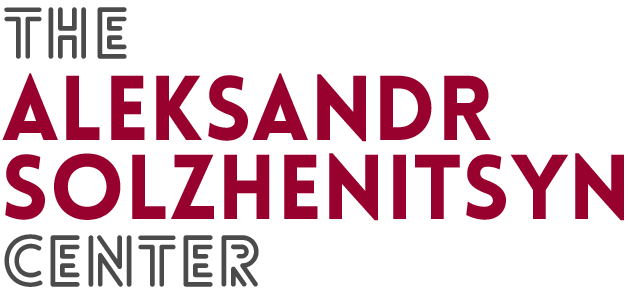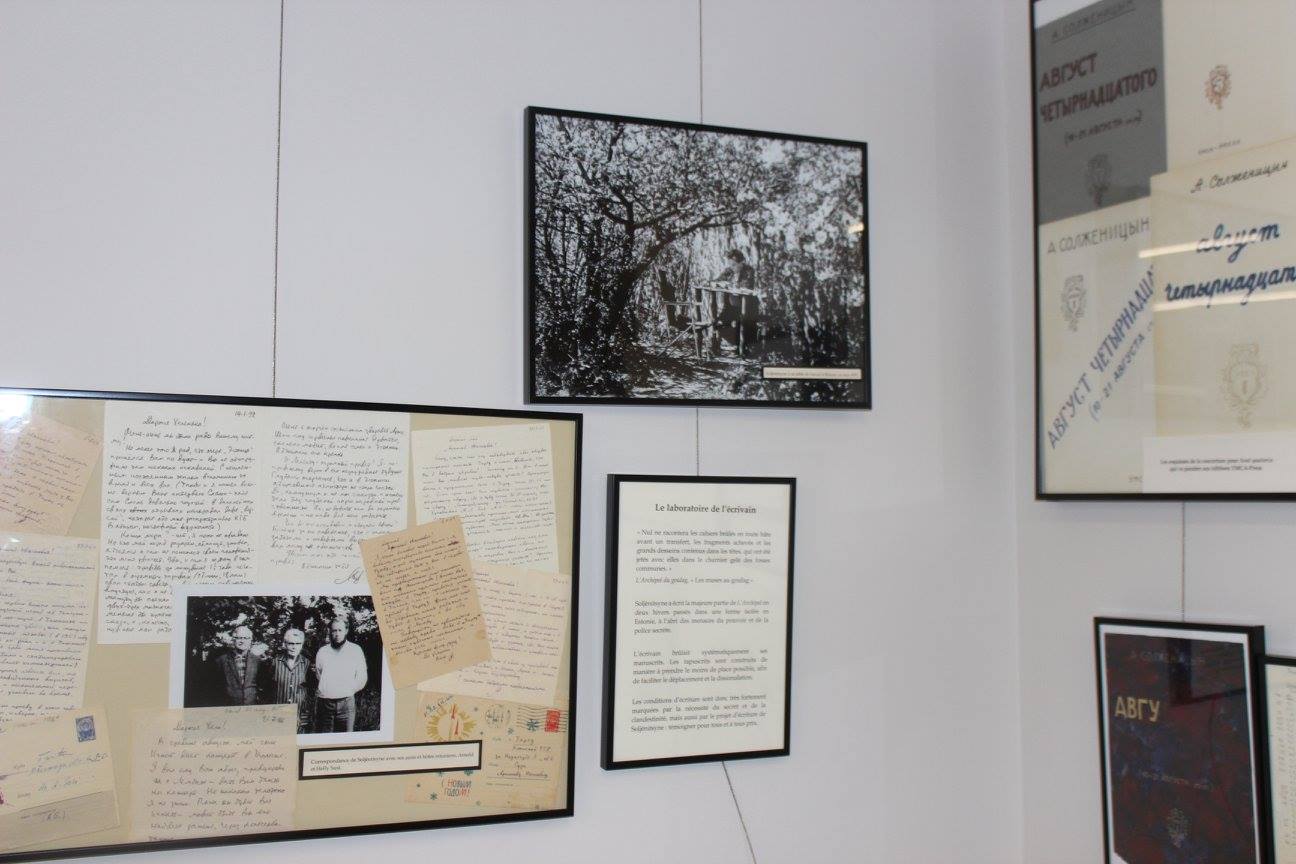Why Did the Russian Revolution Occur?
/James Pontuso, writing at the Victims of Communism blog: "Solzhenitsyn’s multi-volume The Red Wheel attempts to answer the question: why did the Russian Revolution occur?”
“It was in this chaotic situation that the peculiar talents of Vladimir Lenin came into play. Solzhenitsyn portrays Lenin throughout The Red Wheel as disciplined, self-assured, cunning, and ruthless.”











